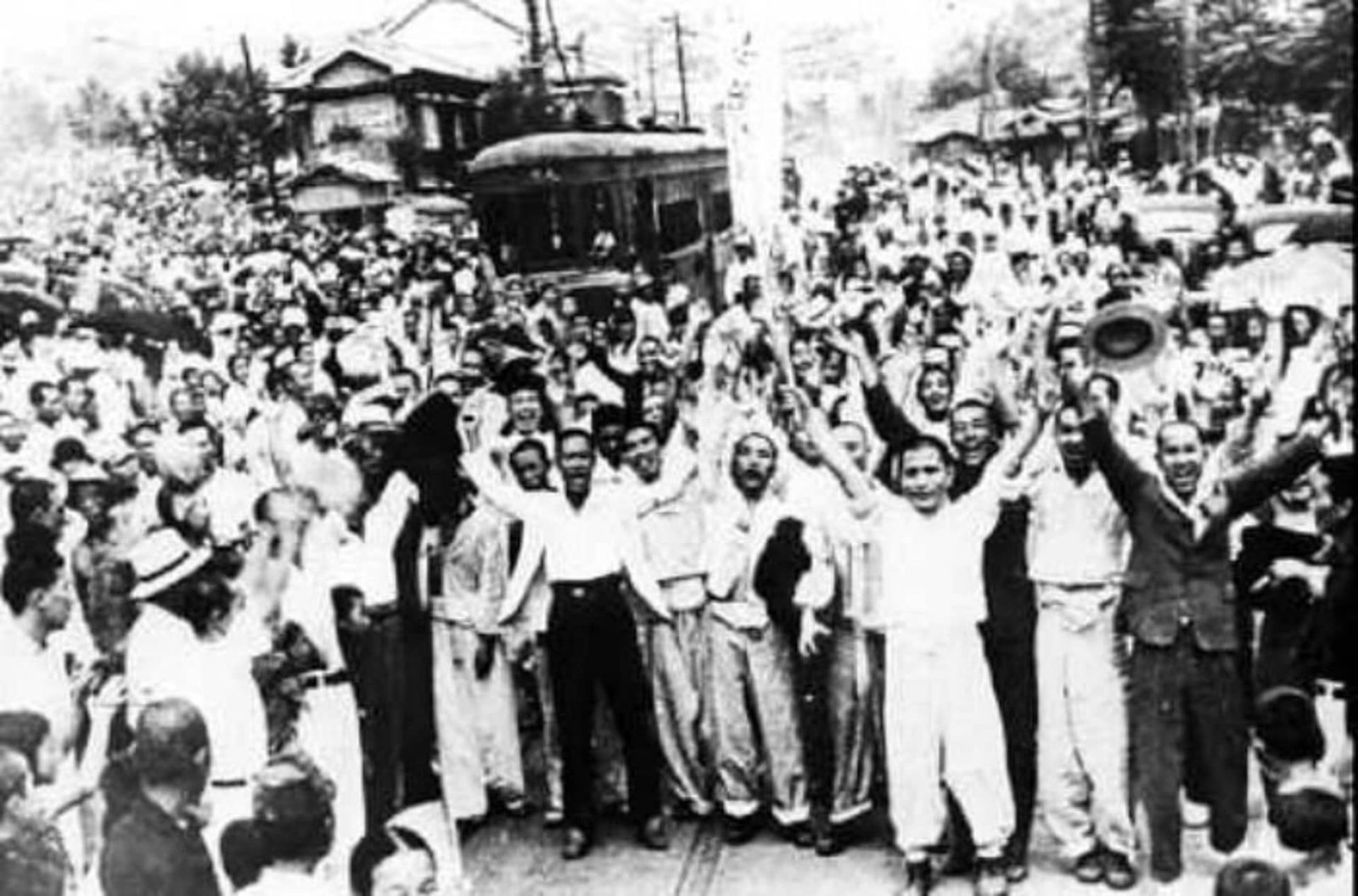The Korean Independence Movement, also called the March 1st Movement, turned into a pivotal duration in Korean history marked by way of the fervent pursuit of freedom and national sovereignty. From the early 20th century till the quit of Japanese colonial rule, Koreans proven unwavering resilience and dedication in their combat for independence. In this text, we can delve into the important thing occasions of the Korean Independence Movement, highlighting the bravery and determination of the Korean people as they strove to reclaim their autonomy. Explore the sizable moments that fashioned Korea’s direction towards liberation and find out the long-lasting legacy of this high-quality motion
Key Events of the Korean Independence Movement:
| Year | Event | ||||
| 1905 | Japan-Korea Treaty of 1905 | ||||
| 1907 | Start of the Korean Independence Association | ||||
| 1909 | Assassination of Ito Hirobumi | ||||
| 1910 | Annexation of Korea by Japan | ||||
| 1911 | Establishment of the Korean National Association | ||||
| 1913 | Formation of the New People’s Association | ||||
| 1916 | Publication of the Korean Declaration of Independence | ||||
| 1918 | Formation of the Korean National Council | ||||
| 1919 | March 1st Movement | ||||
| 1919 | Declaration of Korean Independence in Seoul | ||||
| 1919 | Establishment of the Korean Provisional Government | ||||
| 1920 | Declaration of Korean Independence in Shanghai | ||||
| 1923 | Formation of the Korean Revolutionary Party | ||||
| 1927 | Assassination of Yun Bong-gil | ||||
| 1929 | Publication of the Samil Magazine | ||||
| 1932 | Establishment of the Korean Patriotic Party | ||||
| 1933 | Establishment of the Korean National Revolutionary Party | ||||
| 1933 | Establishment of the Korean Independence League | ||||
| 1935 | Formation of the Korean Liberation Army | ||||
| 1937 | Assassination of Kim Koo | ||||
| 1940 | Establishment of the Korean Liberation Army | ||||
| 1945 | Japanese surrender and liberation of Korea | ||||
| 1947 | Adoption of the Constitution of the Republic of Korea | ||||
| 1948 | Establishment of the Republic of Korea | ||||
| 1950 | Outbreak of the Korean War | ||||
| 1953 | Armistice Agreement ends the Korean War | ||||
| 1954 | Signing of the Mutual Defense Treaty between South Korea and the United States | ||||
| 1960 | April 19th Revolution in South Korea | ||||
| 1961 | Military coup d’état in South Korea | ||||
| 1963 | Assassination of President Park Chung-hee | ||||
| 1980 | Gwangju Uprising | ||||
| 1987 | June Democracy Movement in South Korea | ||||
| 1991 | South Korea accedes to the United Nations | ||||
| 1994 | Death of North Korean leader Kim Il-sung | ||||
| 1998 | South Korea experiences its first peaceful transfer of power from one political party to another | ||||
| 2000 | The first inter-Korean summit is held | ||||
| 2002 | Co-hosting of the FIFA World Cup by South Korea and Japan | ||||
| 2007 | The second inter-Korean summit is held | ||||
| 2009 | North Korea conducts its second nuclear test | ||||
| 2016 | Impeachment of South Korean President Park Geun-hye | ||||
| 2018 | The first inter-Korean summit in over a decade is held | ||||
| 2018 | Singapore Summit between North Korea and the United States | ||||
| 2019 | North Korea and South Korea reopen the Kaesong Industrial Complex | ||||
| 2020 | North Korea demolishes the inter-Korean liaison office in Kaesong | ||||
| 2021 | North Korea tests new ballistic missiles |
Conclusion
The Korean Independence Movement stands as a testament to the indomitable spirit and unwavering determination of the Korean human beings of their quest for freedom. Through nonviolent protests, armed uprisings, and overseas activism, Koreans established their unwavering commitment to reclaiming their country wide sovereignty from Japanese colonial rule. Despite dealing with harsh repression and sacrifices, the Korean Independence Movement laid the groundwork for the eventual liberation of Korea. The events of this extremely good movement serve as a effective reminder of the resilience and courage displayed by way of the Korean people, leaving a lasting legacy inside the kingdom’s history. The pursuit of independence maintains to shape Korea’s identity and serves as a source of proposal for future generations, reflecting the enduring spirit of the Korean people in their combat for freedom.



